
AeroGenie — あなたのインテリジェントな副操縦士。
現在のトレンド
Categories
Advances in Air Mobility Open New Opportunities
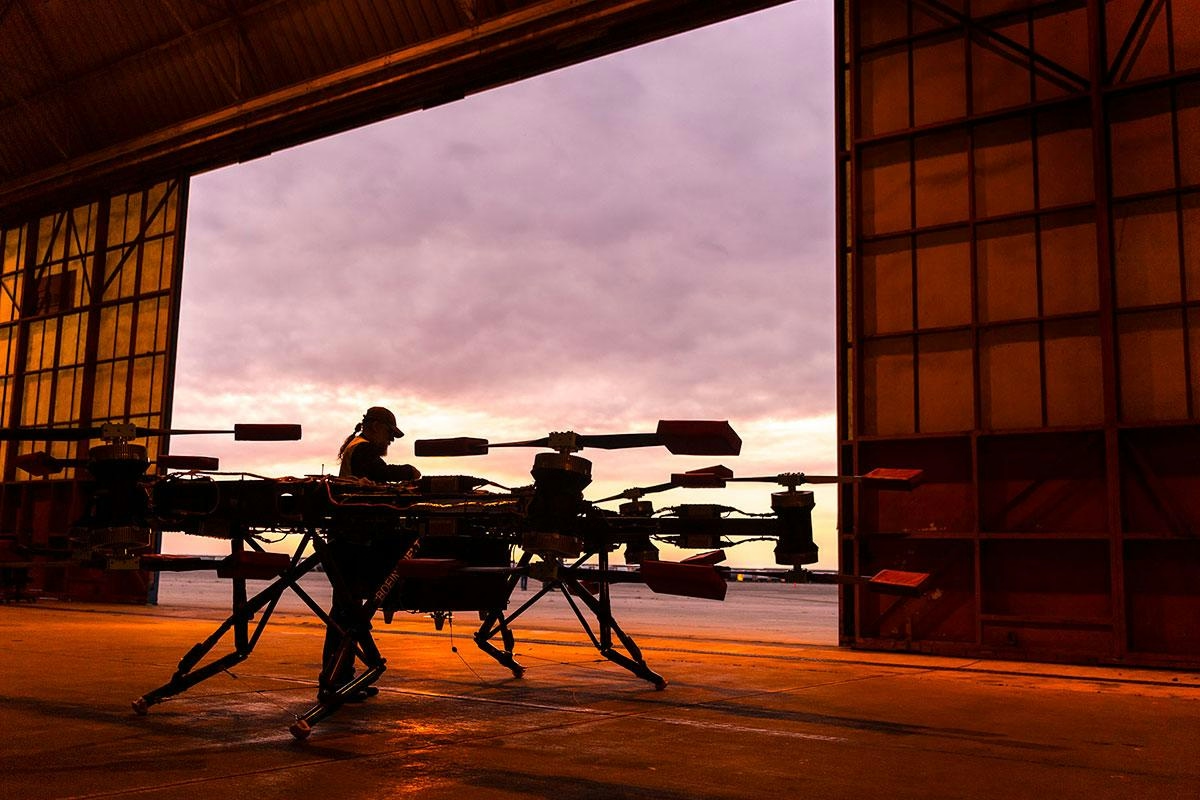
Advances in Air Mobility Open New Opportunities
The integration of electric, vertical takeoff and landing (VTOL), and other advanced air mobility (AAM) aircraft into the U.S. national airspace marks a transformative moment for aviation. This evolution brings with it pressing questions regarding certification, safety, and operational frameworks. The Federal Aviation Administration (FAA) has begun addressing these issues, most notably through the release of the final Modernization of Special Airworthiness Certification (MOSAIC) rule, unveiled at this year’s EAA AirVenture event in Oshkosh, Wisconsin.
Regulatory Shifts and Industry Impact
MOSAIC represents a landmark change for sport pilots and the wider general aviation community. The rule replaces previous rigid weight and seating restrictions with performance-based criteria, while expanding pilot privileges to include operations such as night flying. Crucially, it broadens the light sport aircraft (LSA) category to encompass widely used general aviation models like the Cessna 172 Skyhawk and Cirrus SR22, as well as emerging VTOL designs with up to two seats. The rule also accommodates aircraft powered by electric, hydrogen, or other alternative propulsion systems.
Jack Pelton, CEO and board chairman of the Experimental Aircraft Association (EAA), described MOSAIC as “one of the most significant rule packages for general aviation in the past 75 years.” He highlighted that next year’s AirVenture will feature a dedicated showcase of vertical lift technology, underscoring the growing importance of this sector.
Beyond MOSAIC, the FAA has introduced additional regulatory measures to support the AAM industry. In July, the agency published an advisory circular outlining certification pathways for larger VTOL aircraft intended for commercial use. This guidance specifically addresses “powered-lift” designs, including models such as Joby Aviation’s S4, Archer Aviation’s Midnight, Beta Technologies’ Alia-250, and Wisk Aero’s Generation 6. The circular aims to clarify the requirements under Part 21 for special class aircraft, providing manufacturers with a clearer route to certification.
Industry leaders have responded positively to these developments. Beta Technologies described the new FAA guidance as a “critical achievement,” emphasizing its role in establishing a more predictable certification process while maintaining rigorous safety standards. A company spokesperson noted that this progress represents a vital step toward the commercialization of AAM operations.
Market Momentum and Emerging Challenges
The regulatory advances coincide with a surge in market enthusiasm and investment. Joby Aviation’s stock price, for instance, experienced significant gains following major commercial agreements and increased FAA support. The White House has also mandated the creation of an eVTOL integration pilot program (eIPP), designed to explore a range of applications from passenger transport to medical logistics. A Joby representative stated that this directive reinforces their mission to deliver safe air taxi services across the United States and encourages the FAA to expedite regulatory and operational frameworks essential for industry growth.
Despite this momentum, the path ahead remains complex. Regulatory challenges, safety considerations, and technological constraints continue to pose significant obstacles. In response, competitors are forging strategic partnerships and achieving technical milestones. Vertaxi has advanced its technical validations, XPeng AeroHT is targeting markets aligned with the Belt and Road Initiative, and Vertical Aerospace has successfully conducted wingborne cruise tests. Collaborative efforts such as Skyportz’s vertipad landing system further demonstrate the sector’s dynamic innovation.
As the regulatory environment evolves and industry participants accelerate innovation, advanced air mobility stands poised to redefine the movement of people and goods, unlocking new opportunities while confronting multifaceted challenges.

Deutsche Aircraft Appoints Ernst-Georg Schröder Manager of Final Assembly Line for D328eco
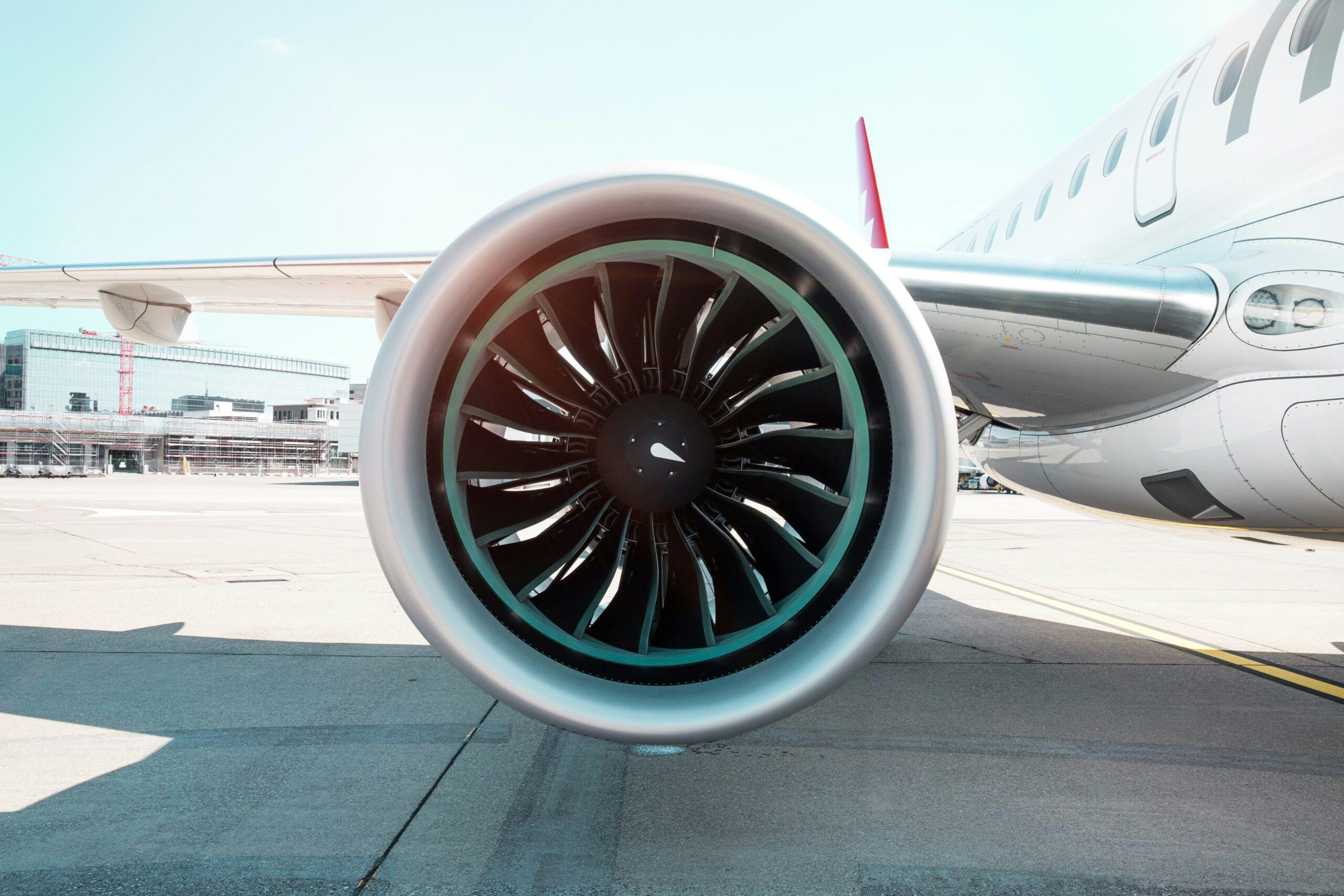
Leading Companies in Aviation Artificial Intelligence: Airbus, Amazon, Lockheed Martin, Tata Power, Thales
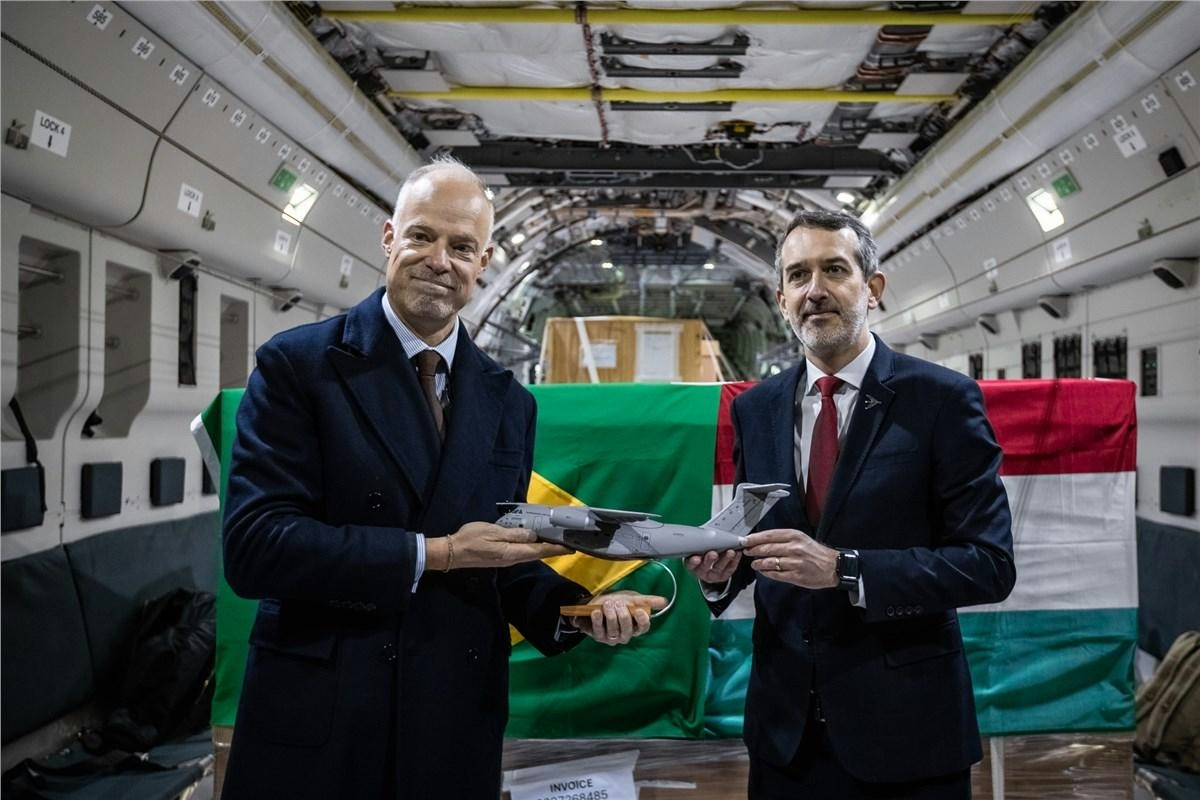
Embraer and ILIAS Partner to Enhance Military Fleet Management
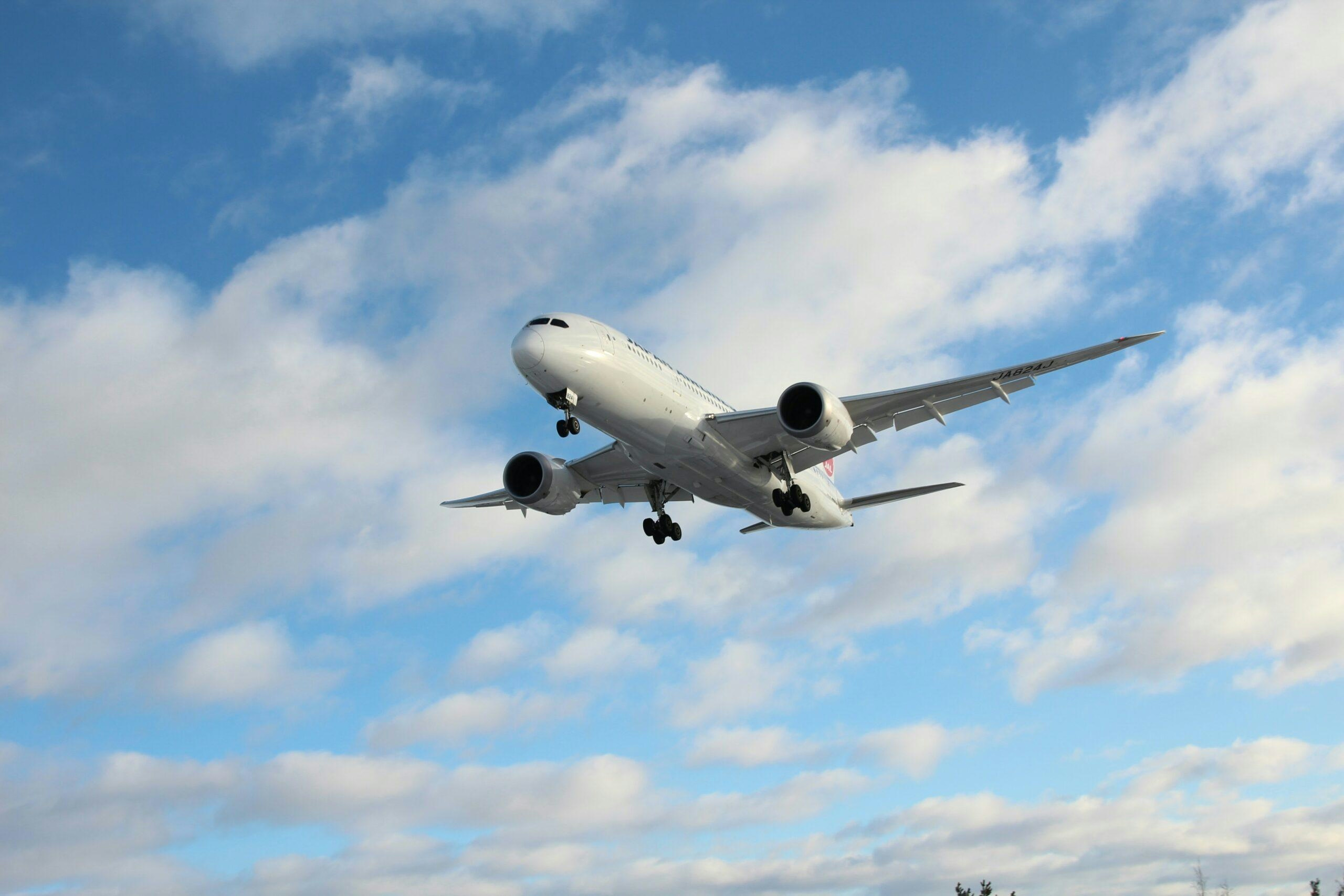
Warburg Pincus Acquires Hong Kong-Based Topcast Aviation Supplies
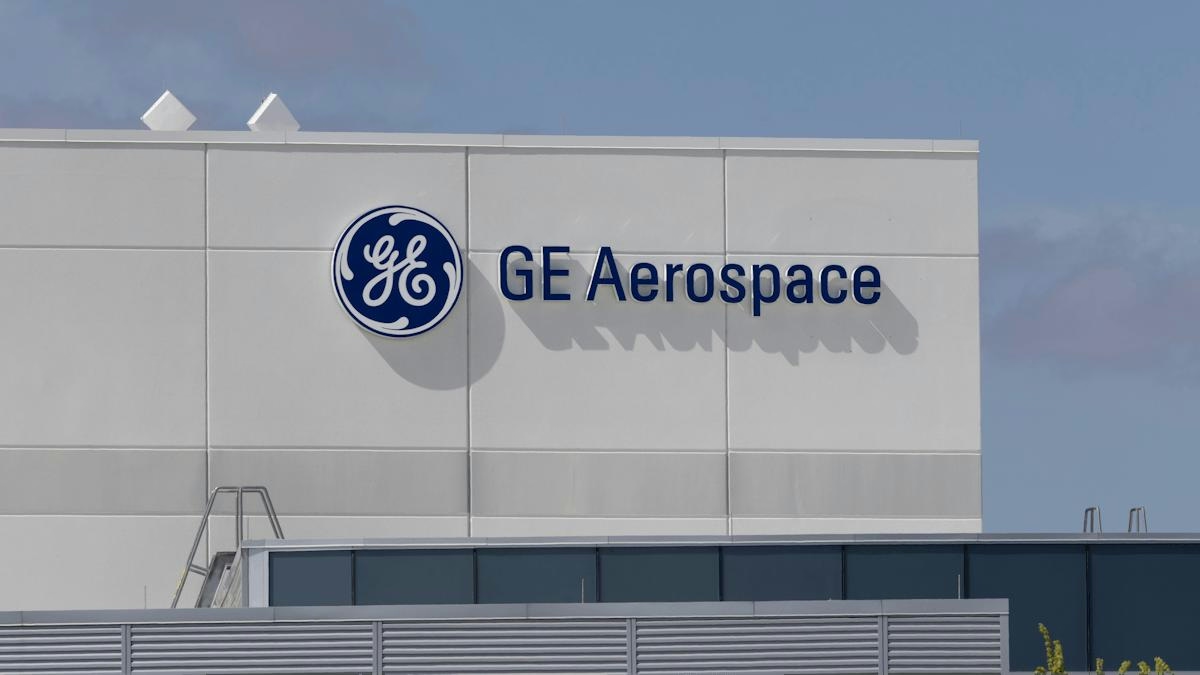
GE Aerospace Expands North Carolina Facility with $53 Million Investment to Address Supply Chain Issues
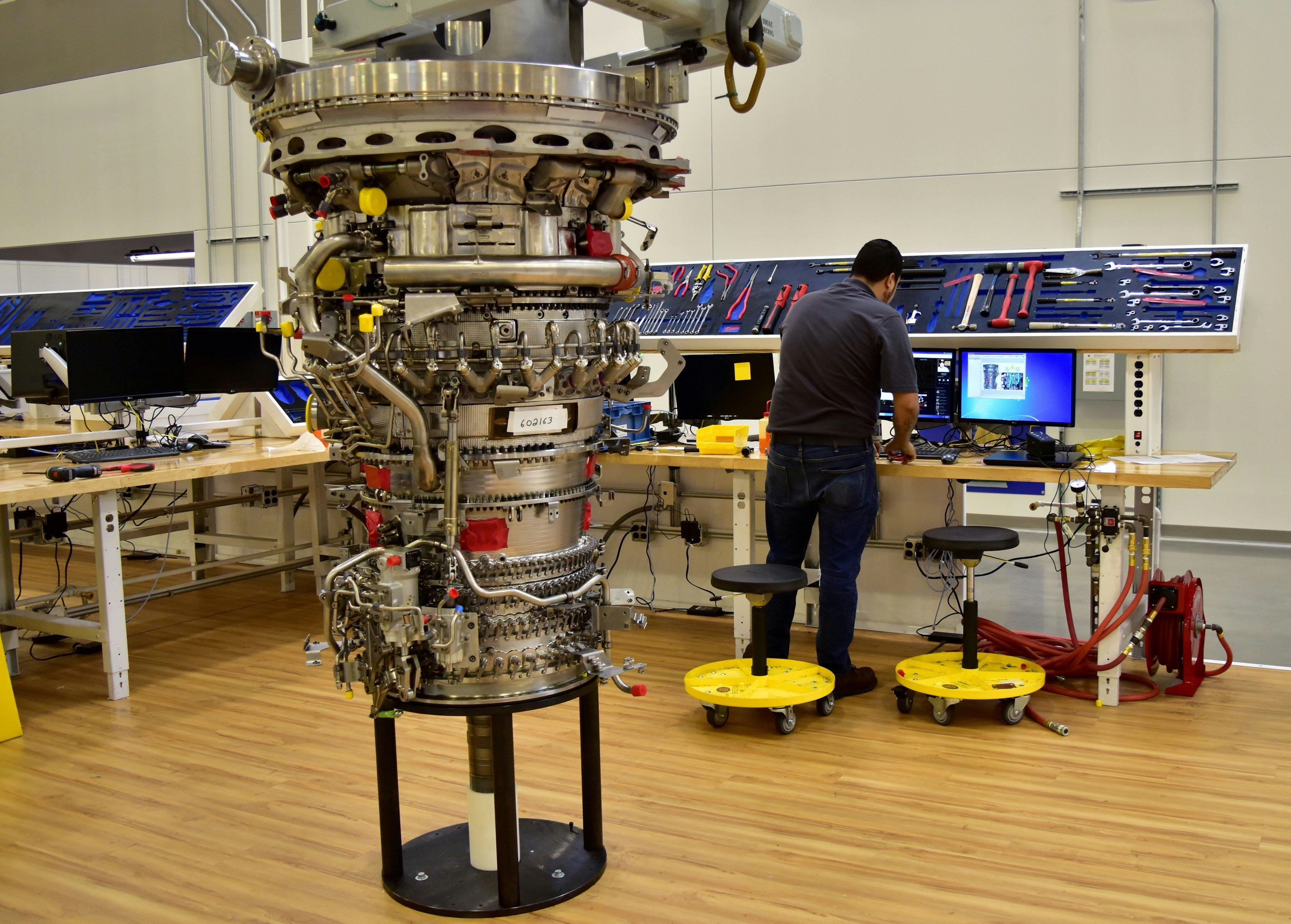
Manufacturer of China’s C919 Secures Capital Injection Amid Supply Chain Issues

Africa’s Aviation Sector Adopts AI Amid Challenges

FTAI Aviation Shares Rise 6.3% Following AI Partnership with Palantir

Airports Innovate 2025 Shapes the Future of Aviation
